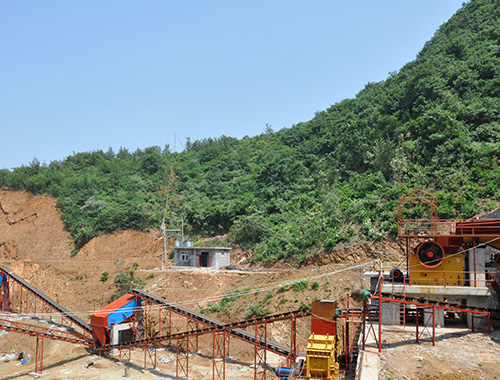The Unsung Heroes of Sustainability: A Look at the Machines Powering Modern Recycling
While the act of placing a plastic bottle or newspaper into a blue bin seems simple, the journey that item takes to be reborn as a new product is anything but. This transformation is made possible by a sophisticated and often unseen fleet of industrial machinery. These machines form the backbone of Material Recovery Facilities (MRFs), where the complex process of sorting, cleaning, and processing our recyclables takes place. From colossal shredders to optical scanners that operate at lightning speed, this technology is critical for turning waste into valuable feedstock for manufacturers.
The Initial Stage: Collection and Pre-sorting
The recycling process begins long before materials reach the specialized machinery. Collection vehicles, themselves specialized machines, gather recyclables from curbside bins. Upon arrival at the MRF, the mixed load is dumped onto a large receiving floor. The first machine it encounters is typically a pre-sorter or a bulky item separator. Here, workers or robotic arms remove large, non-recyclable items or contaminants that could jam or damage the delicate equipment downstream. This initial manual or semi-automated step is crucial for protecting the rest of the operation.
The material then moves onto the heart of the facility: the sorting line. A conveyor belt system carries the mixed stream of paper, plastics, and metals through a series of automated and manual stations. One of the first stops is often a disc screen or trommel screen. A disc screen consists of a series of spinning discs that separate flat items (like cardboard and paper) from rounder, bulkier containers. A trommel is a large, rotating cylindrical screen that acts like a giant sieve, sifting out small items like glass shards and letting larger objects pass through.
The Sorting Revolution: Automation and Sensor Technology
Modern recycling has been revolutionized by advanced sensor-based sorting technologies. These machines can identify and separate materials with a level of speed and accuracy impossible for human hands..jpg)
- Optical Sorters: These are among the most common high-tech sorters. They use near-infrared (NIR) sensors to scan objects on the conveyor belt. Different materials reflect unique light signatures, allowing the computer to identify plastics (PET, HDPE), paper types, and more in milliseconds. Once identified, a precise blast of air ejects the targeted item off the belt and into its designated collection bunker.
- Magnetic Separators: A classic but indispensable tool, these are powerful magnets suspended over the conveyor belt. They effortlessly extract ferrous metals (like iron and steel) from the waste stream without any physical contact.
- Eddy Current Separators: For non-ferrous metals like aluminum cans, eddy current separators are used. They create a magnetic field that induces an opposing magnetic field in conductive metals, repelling them and launching them off the end of the conveyor into a separate bin.
Size Reduction and Washing: Preparing for Market
Once sorted into relatively pure streams, materials often need to be processed further to be sold to manufacturers. This involves reducing their size and cleaning them.
Shredders and Granulators are heavy-duty machines that tear apart materials like cardboard, plastic bottles, and metals into smaller, more uniform pieces called “flakes” or “chips.” This size reduction makes materials easier to transport, wash, and melt down in subsequent manufacturing processes.
Balers are another critical piece of equipment. They compress sorted materials like cardboard, paper, and certain plastics into dense, manageable bales. These tight cubes are strapped together for efficient shipping and handling, making them a commodity that can be easily traded on the global market.
For plastics in particular, a wash line is essential. This system typically includes hot water baths with detergents to remove labels, adhesives (glue), and food residue. Friction washers scrub flakes clean before they are rinsed and sent through centrifugal dryers to remove moisture. The end product is clean plastic flake ready to be melted and reformed into new products.
The Future: AI Robotics and Advanced Challenges
The evolution of recycling machinery continues at a rapid pace. The latest advancements involve artificial intelligence (AI) and robotics. AI-powered robotic arms are now being deployed on sorting lines. Equipped with advanced vision systems and machine learning algorithms, these robots can identify specific objects—such as a particular type of plastic tub or carton—pick them up with suction grippers, and place them in the correct location with astonishing speed 24 hours a day.
The development of this sophisticated machinery is driven by an increasingly complex waste stream filled with multi-material packaging. As we strive for higher recycling rates and cleaner material bales,the machines used in recycling will only become more intelligent,efficient,and integral to building acircular economy.They arethe unsung heroes,tirelessly working behindthe scenes to give our discarded resources anew life.




